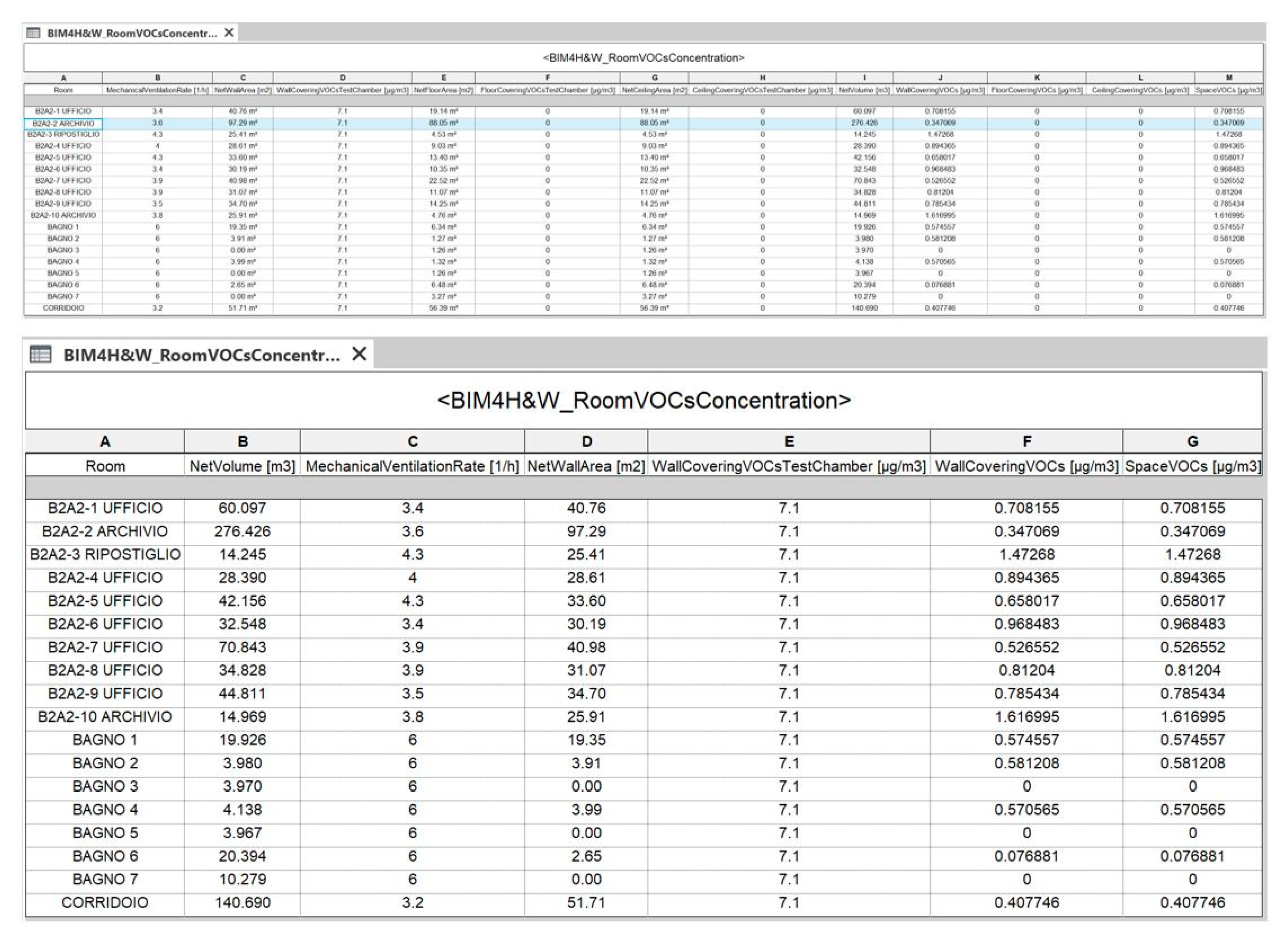

Related: Revit Families: A Step-By-Step Introduction with Paul Aubin Hybrid Revit Families and Their BenefitsĪ hybrid family combines native objects from Revit (like extrusions, blends, revolves, sweeps, and swept blends) with objects coming from other programs to achieve the best-looking family, both in terms of geometry and in terms of texture mappings. The purpose of this article is to understand the process of creating good hybrid organic families rather than outlining specific steps to follow or explaining how tools work (tutorial) to achieve a specific result. The lack of additional modeling techniques in Revit (like polygonal modeling or NURBS) available in other 3D programs like Maya, puts Revit at a disadvantage in terms of modeling complex objects, but luckily for us, we can combine the power of these other 3D programs with Revit to create hybrid families that are richer and more realistic looking (modeling-wise and texture-wise).īy understanding how Revit treats imported objects and learning how you can create the correct type of object to import into Revit, you will open the door to new possibilities and more creative projects that will potentialize your workflow while keeping it looking photorealistic.

Creatively using these five tools will certainly help you to model most types of objects, but when it comes to soft goods (pillows, cushions, curtains, clothing, bedding, etc.) these five tools can be quite limited, not only because of the shapes you can create with them, but also because of the way Revit maps the textures on to them. Using Shaders to Generate Dynamic Textures in the Viewer APIĪce Editor for Three.Creating organic realistic families in Revit can be quite a challenging task since Revit families’ modeling options are limited to basically five tools: extrusions, revolves, blends, sweeps, and swept blends. I'd recommend these blogs my colleagues composed: set the material without texture and the grey color index is the material name (unique string in the list) The demo is tested on the browser console, using the default viewer object NOP_VIEWER. Note:this does not work on the material if without texture attached. In the same time, make the records for restore back. So, we could simply iterate all materials, find out the materials we want to hide texture, set it to simple color or to grey out. In Forge Viewer API, there is one method matman(), it returns all built-in materials and custom materials. Sometimes, the scenario focuses on model geometry only, yet textures can be ignored. While rendering materials would also cost some memory.

Follow most source file formats, Model Derivatives service of Forge translate its material textures for rendering in Forge Viewer.


 0 kommentar(er)
0 kommentar(er)
